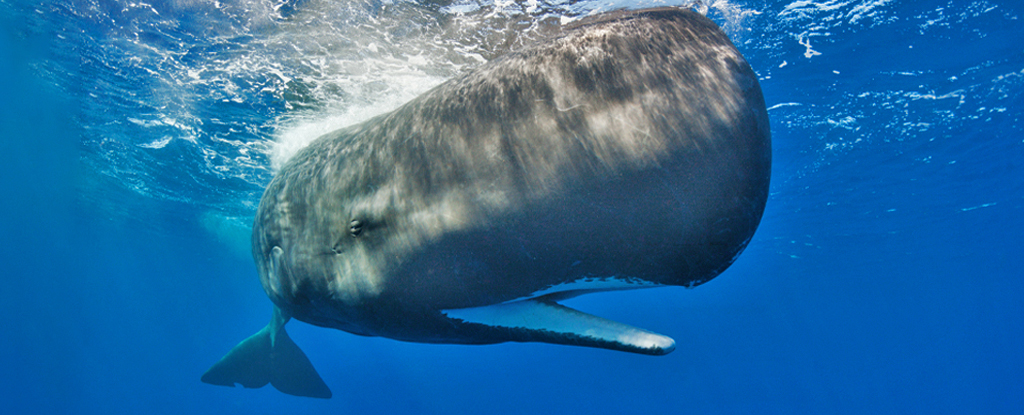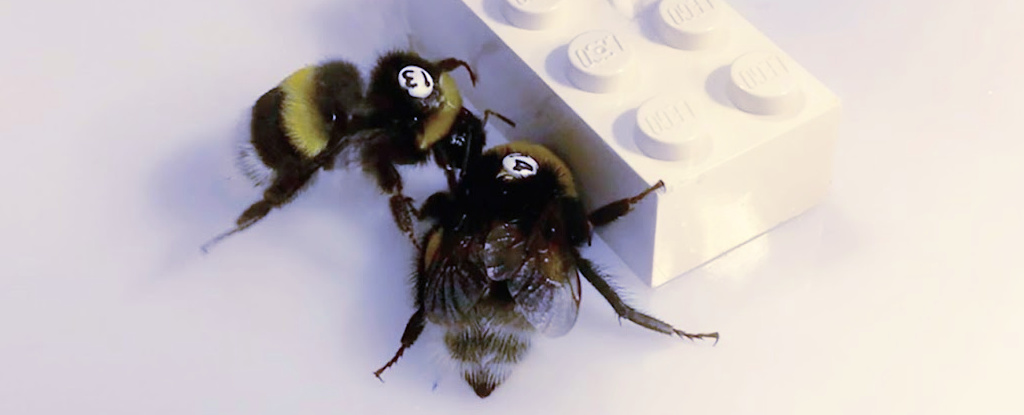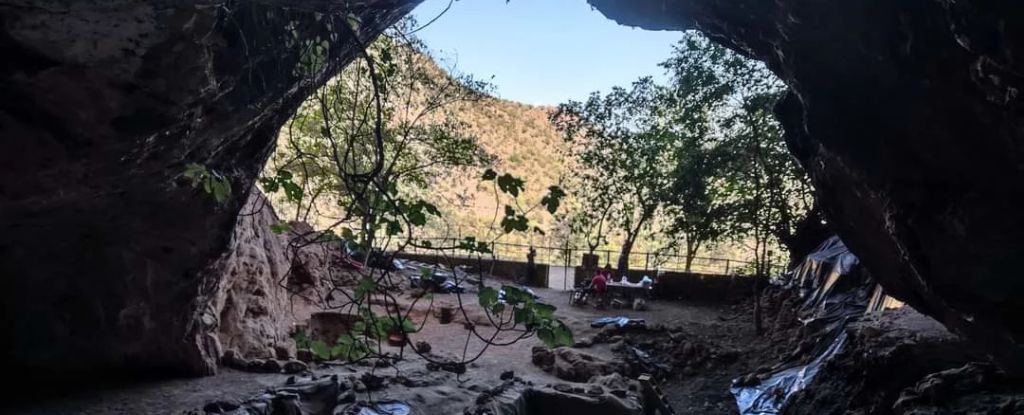Humans news stories

In the new study, published April 30 in the journal Nature Communications, scientists analyzed the genomes of 54 highlanders from Mount Wilhelm who lived between 7,500 and 8,900 feet (2,300 and 2,700 meters) above sea level, and 74 lowlanders from Daru Island, who lived less than 330 feet (100 m) above sea level.

A study published in the journal BioMed Central has shown how the psychedelic N, N-Dimethyltryptamine (DMT) could be used as a medicine to prevent the onset of the neurodegenerative condition Alzheimer’s disease (AD).
Image from: US National Institute on Aging (Wiki Commons)

The Church of Eagle and Condor becomes the third organization in the United States to obtain religious exemption from the Controlled Substances Act to legally use ayahuasca.

A recent analysis of a sperm whale’s vocalizations suggests variations in ‘clicks’ represent a kind of alphabet that forms the basis of a complex communication system. This research was published in Nature Communications.

Researchers this week claimed to have found the final resting place of the Greek philosopher, a patch in the garden of his Athens Academy, after scanning an ancient papyrus scroll recovered from the library of a Herculaneum villa that was buried when Mount Vesuvius erupted in AD79.
A team of palaeo-archaeologists is featured in a new documentary in which the experts have reconstructed the face of a Neanderthal woman who lived 75,000 years ago…The cave is possibly a Neanderthal burial site.

Researchers have observed a male orangutan treat a wound on his face with a plant that’s also used in human medicine. It’s the first time any wild animal has been seen caring for a wound using a natural substance with known medicinal properties, researchers report May 2 in Scientific Reports.

Is Stonehenge aligned with the moon? Scientists hope to find out during a rare ‘major lunar standstill, which happens once every 18.6 years.

In a series of lab experiments, bumblebees (Bombus sp.) that trained together on tasks to retrieve a sugary reward were more likely to wait for their partner before returning to the task than bees that trained alone.

For the first time in nearly a century, physicists have identified a brand new type of magnetic material. Physicists have reported a new class of magnetic materials called altermagnets, which could lead to new technologies such as faster, more efficient computer hard drives.

Around 6,200 BCE, the climate changed. Previously, archaeologists believed that this abrupt shift in global climate, called the 8.2ka event, may have led to the widespread abandonment of coastal settlements in the southern Levant. In a recent study published in the journal Antiquity, researchers…share new evidence suggesting at least one village formerly thought abandoned not only remained occupied, but thrived throughout this period.

A team of Brown University researchers are launching a study to test the combined use of the drug MDMA and talk therapy as a treatment for post-traumatic stress disorder and alcohol use disorder in military veterans. The study is the first at Brown on MDMA-assisted therapy and the first anywhere to test the treatment’s effectiveness for dual disorders.
Image from Photo the U.S. Marine Corps, Wiki Commons
A new study published in the Journal of Psychedelic Studies raises important concerns. It suggests that while there may be benefits, there are also significant risks. The study focuses on the negative effects reported by therapists who facilitate such treatments, highlighting that the impacts of psilocybin are not universally beneficial and can vary widely from one individual to another.
Archaeologists have uncovered the oldest evidence of ceremonial offerings on sportsgrounds by the ancient Maya in Mexico. Environmental DNA (eDNA) analysis shows that the courts built by the Mayans for their ballgames were blessed. In research published in PLOS ONE, the researchers identified a collection of plants used in ceremonial rituals.

The teeth and bones of pre-agricultural human hunter-gatherers who lived some 15,000 years ago in what is now Morocco reveal that their diet – long thought to have been significantly loaded with animal protein – was actually weighted much further in the direction of plant-based food. It seems plants may have even been used to wean infants, the study found.

Stoners are not as lazy and unmotivated as stereotypes suggest, according to new U of T Scarborough research. The study, published by the journal Social Psychological and Personality Science, surveyed chronic cannabis users to see what effect getting high has on their everyday lives.








